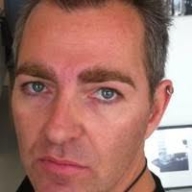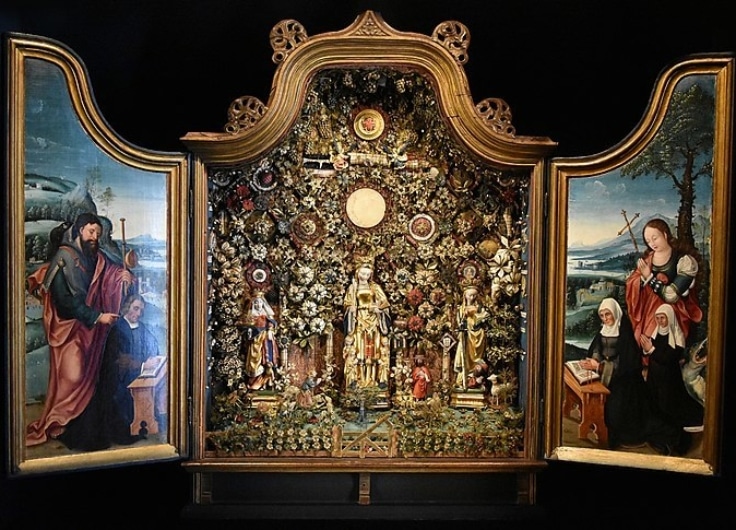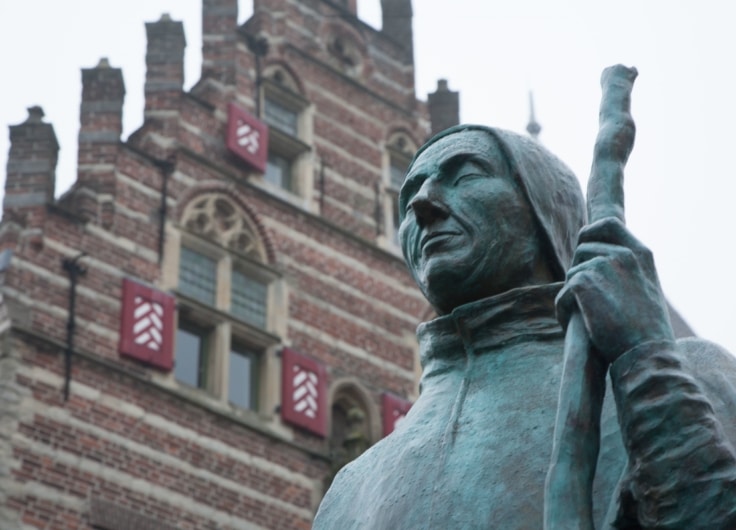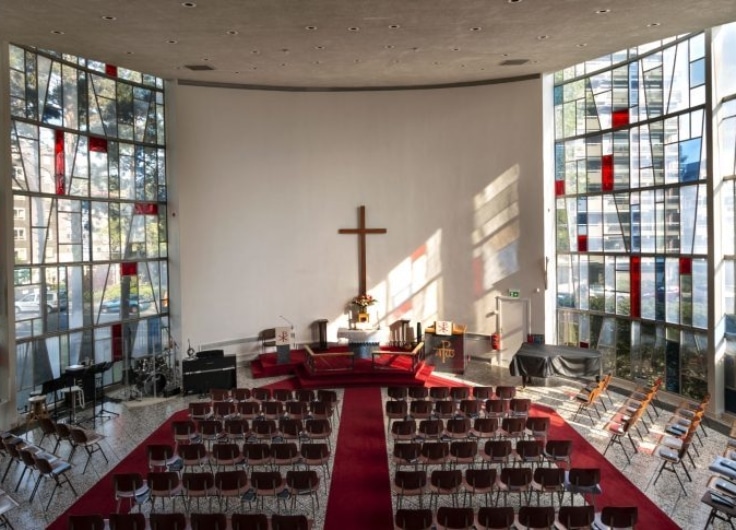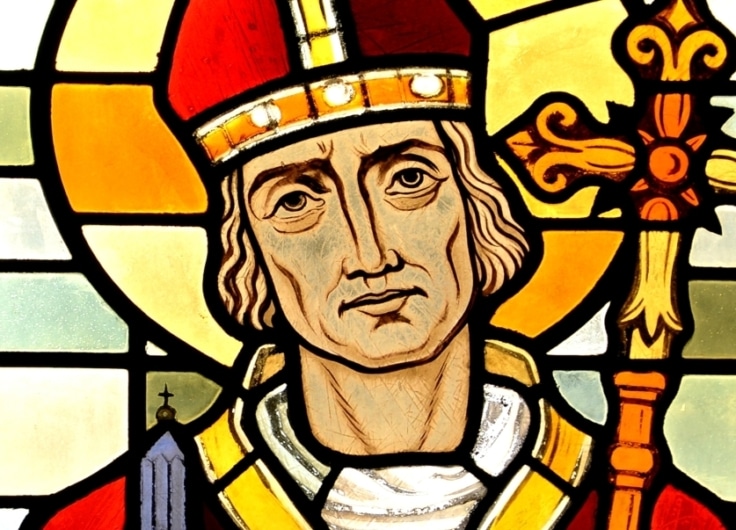Religious Heritage With an Injection of Contemporary Art at Museum Krona
Museum Krona combines centuries-old crucifixes and monstrances with contemporary paintings and photographs. This results in particularly fresh presentations in a gem of a museum. The authenticity of the place is guaranteed by five nuns who still live and work in the abbey complex.
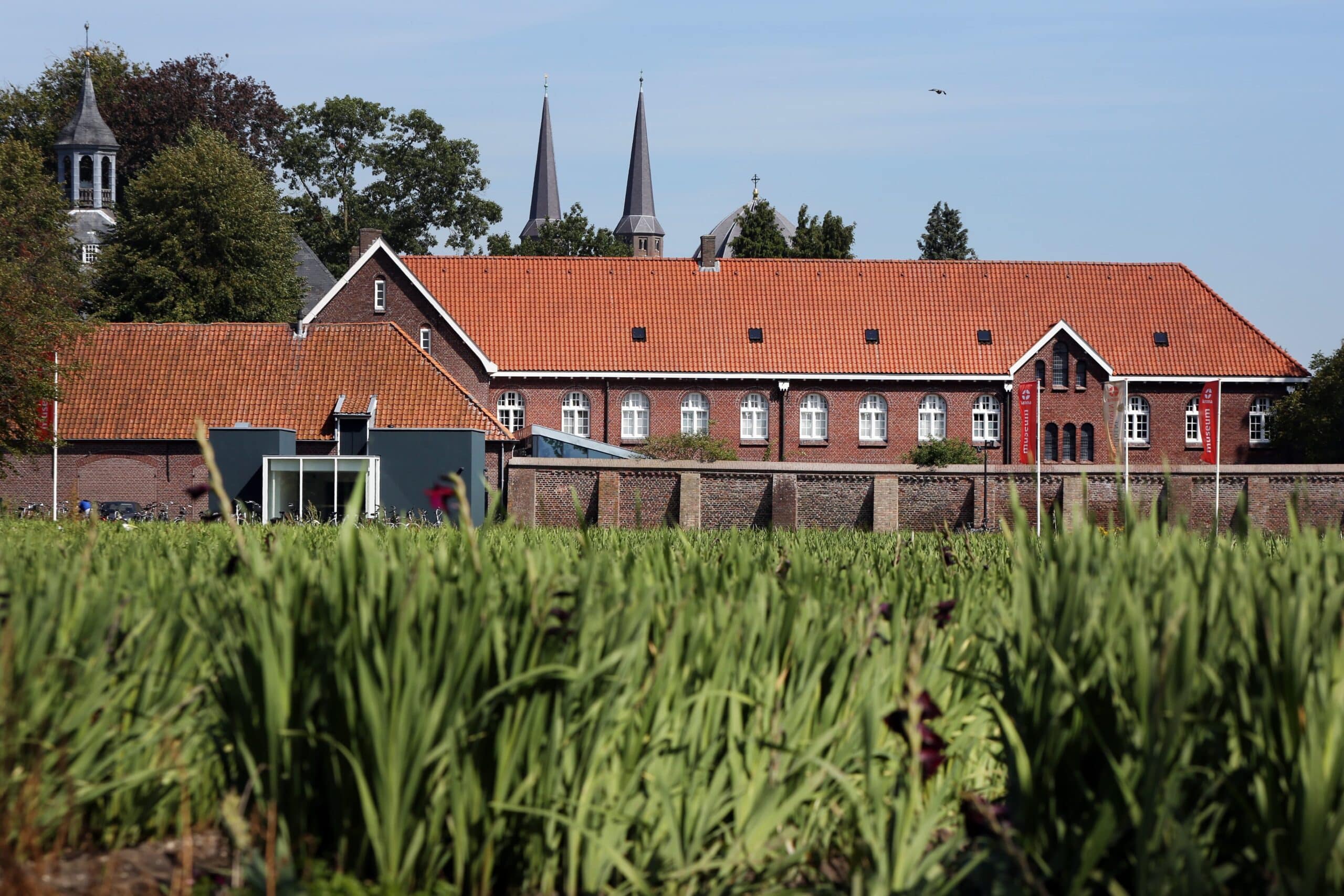 Somewhat tucked away in the municipality of Uden, Museum Krona houses one of the finest collections of religious art in the Netherlands.
Somewhat tucked away in the municipality of Uden, Museum Krona houses one of the finest collections of religious art in the Netherlands.© Ramon Mangold
It takes a while to find Museum Krona, on the outskirts of the North Brabant municipality of Uden. Once parked, the entrance is not so easily found. You have to go around the corner along the centuries-old brick wall. There you leave the buildings of the outskirts behind; you only see the brown of the field and the green of a tuft of trees further away. Once through the large stone gate, the transition to another world is complete. In the courtyard, there are 150 species of plants that are grown for their medicinal and culinary properties. The high wall keeps the wind out, it seems half a degree warmer here and there is a dense silence that makes you automatically tone your voice down to a whisper.
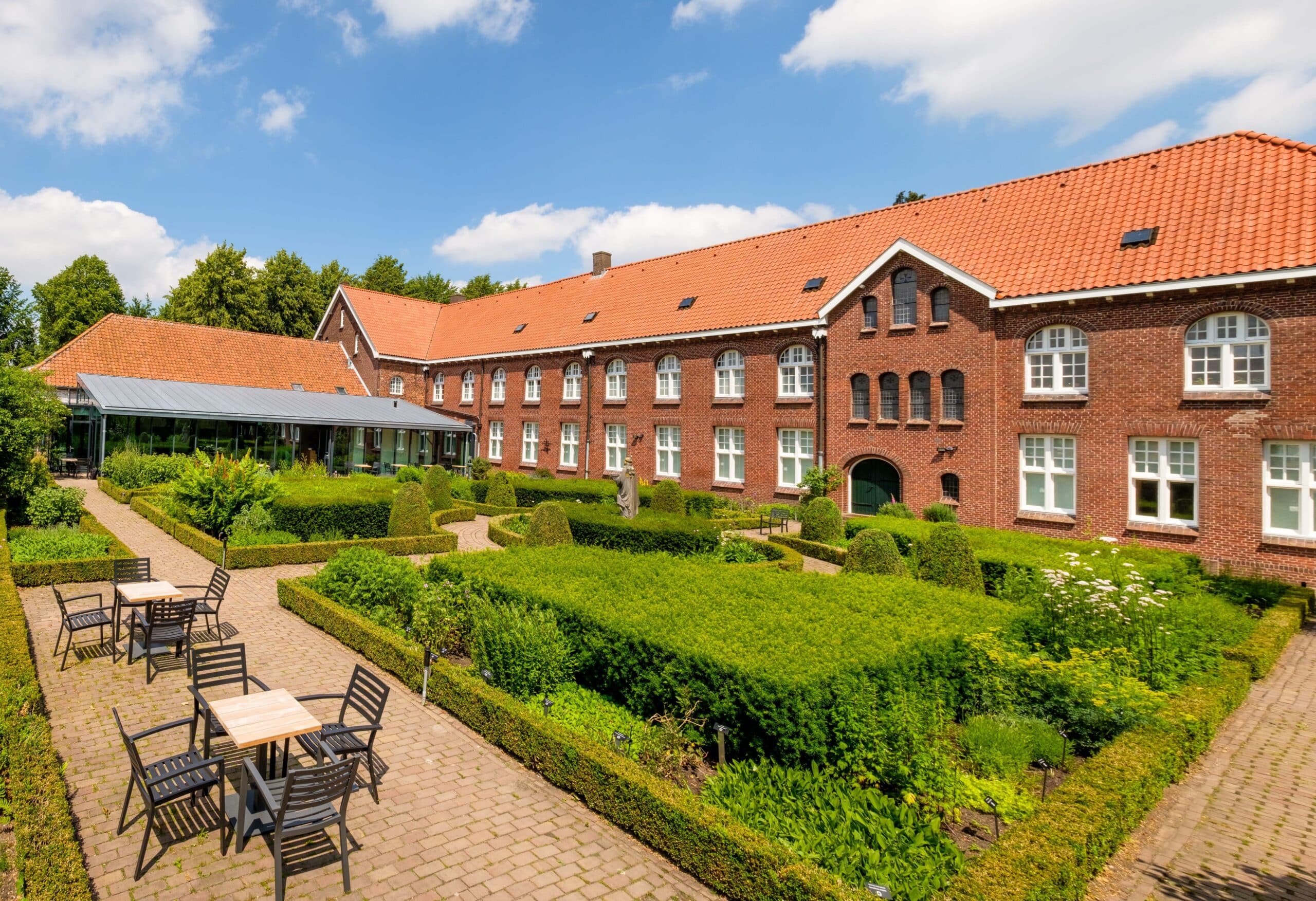 In the courtyard, there are 150 species of plants that are grown for their medicinal and culinary properties.
In the courtyard, there are 150 species of plants that are grown for their medicinal and culinary properties.© Hans Koster
This green oasis borders a centuries-old abbey complex, which has housed a museum since 1973. On the face of it, that is not so exceptional. There are more museums in the Netherlands with a monastic history, such as the Prinsenhof in Delft, the Agnietenklooster in Utrecht, which now houses the Catharijne convent, or the new concrete buildings in the 1960s of the Canonesses’ priory, in Maarssen, where Buitenplaats Doornburgh has been located for six years. However, Museum Krona differs from these examples in one important respect: this building still fulfils its old function. Five nuns live and work here.
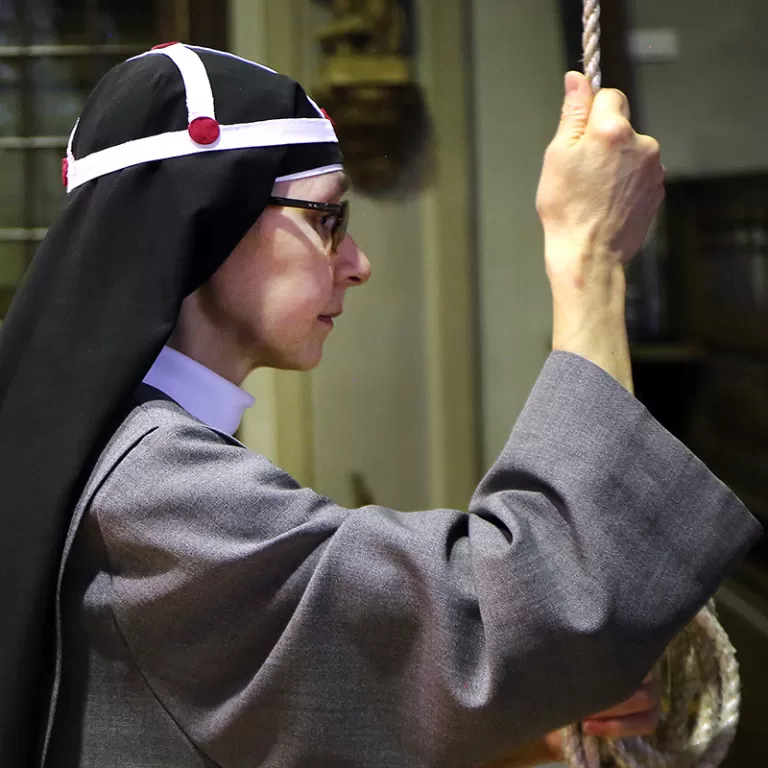 One of five Bridgettine Sisters still living in the abbey
One of five Bridgettine Sisters still living in the abbey© Ramon Mangold
They belong to the order of Saint Bridget. It was founded in the 14th century by followers of the Swedish noblewoman of the same name who only became religiously active at a later age. In 1434 the order gained a foothold in the Netherlands and founded a double monastery near Rosmalen. Three centuries later, the Reformation forced the inhabitants to move and settle in Uden.
The abbey originally stood outside the built-up area and the complex was not accessible to outsiders. But when secularization increased after World War II and the number of monastics declined, the abbess decided to re-design part of the vacant area as an exhibition space. It was initially called the Museum of Religious Art, and the look was as musty as it sounds. The museum had the dynamism and attractiveness of an antiquity room, despite a considerable collection of icons, silver and special wooden statues from the late Middle Ages.
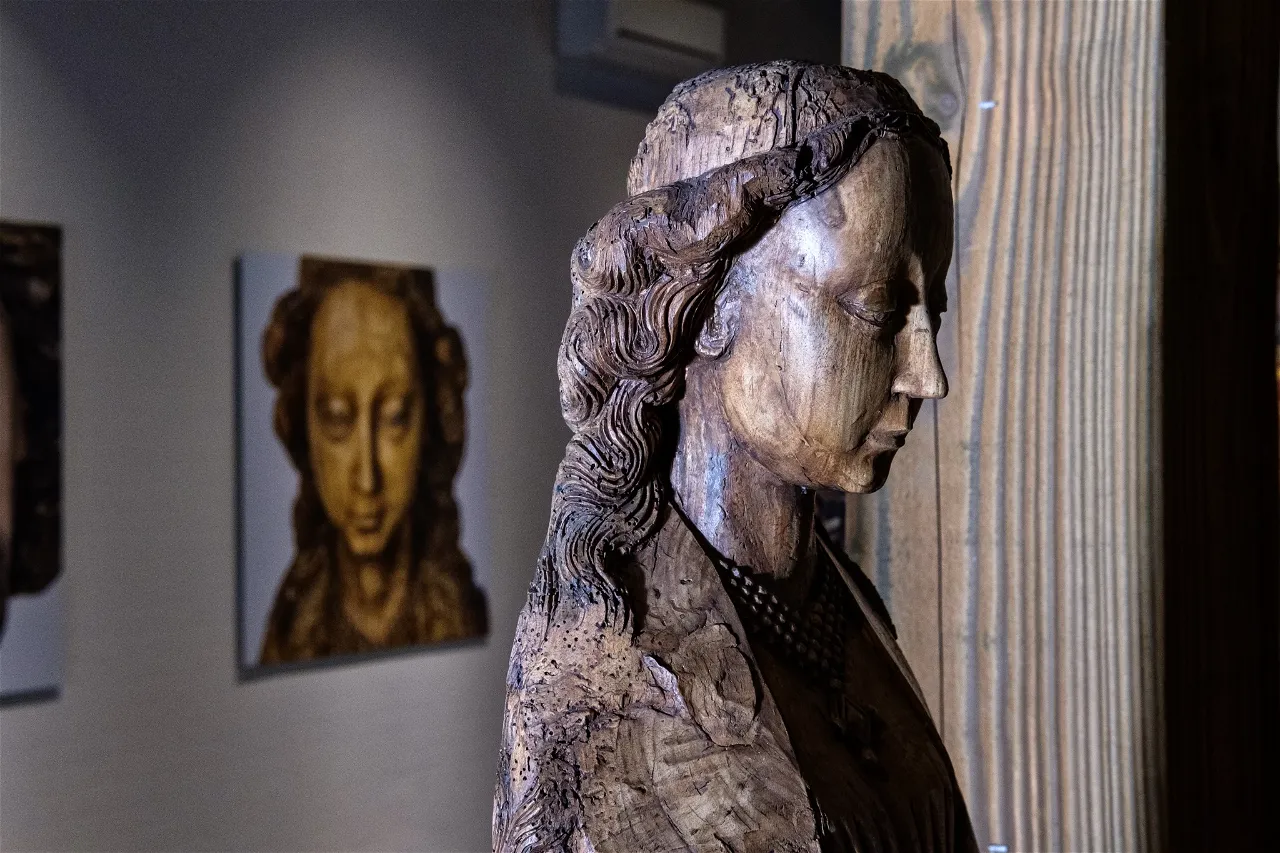
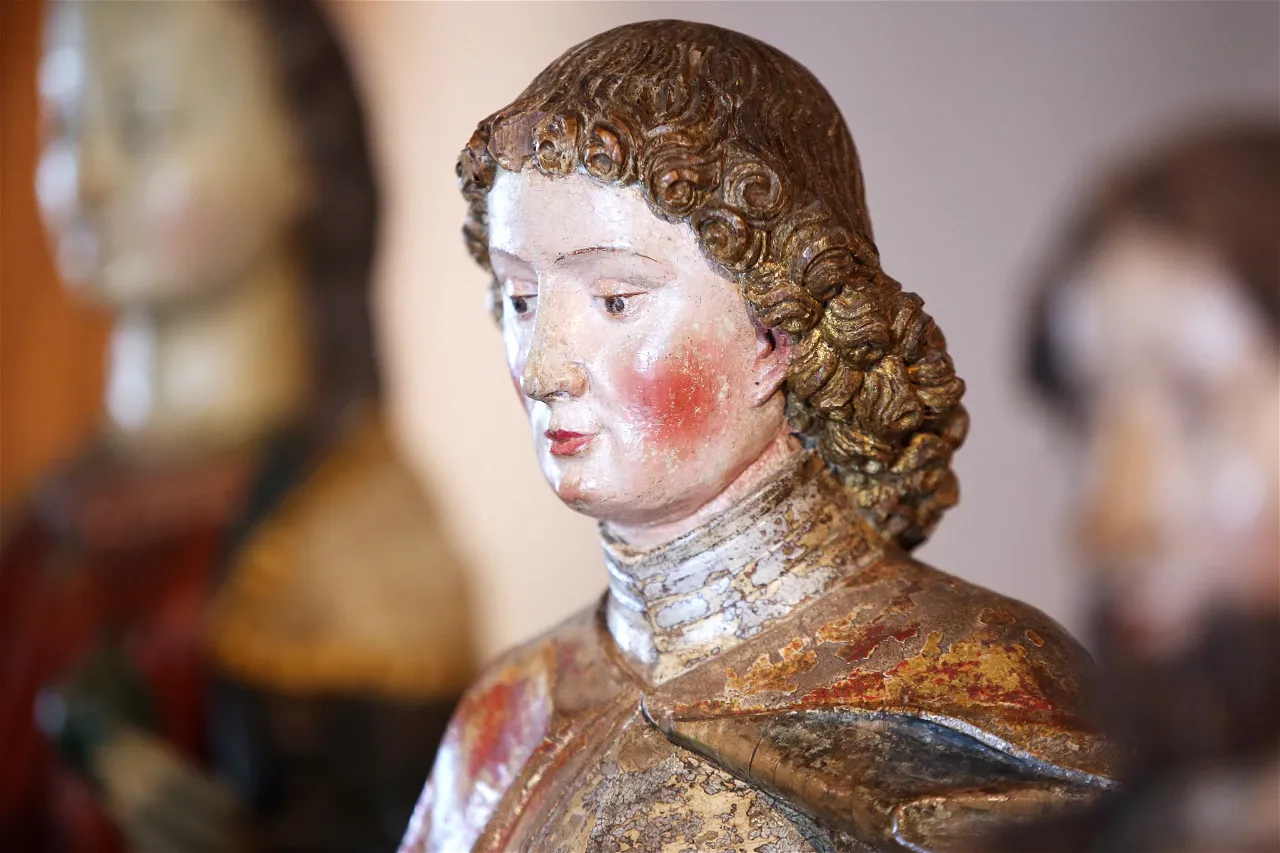
© Museum Krona
The latter sculptures come from Pierre Cuypers, the architect who filled half of the Netherlands with neo-Gothic churches and other buildings around 1900. His best-known creation is the Rijksmuseum in Amsterdam, where he had initially housed his collection of wood carvings. The museum in the capital, which has a lot more objects than it can ever display, loaned the images to Uden on a long-term basis. And that is why someone from the Rijksmuseum is still on the board of Museum Krona to this day.
Nearly twenty years ago, this connection with the ‘national treasury’ set in motion a process that has made Museum Krona into the jewel it is today. During the closure of the Rijksmuseum due to extensive renovation, the completely unknown museum in the province was the recipient of the most fantastic masterpieces on loan. Grand schemes for the future were forged and secretly the management dreamed of crowning the Catharijne convent, the top national institution in the field of religious art. But financial support was not forthcoming, and the expansion ambitions had to be shelved.
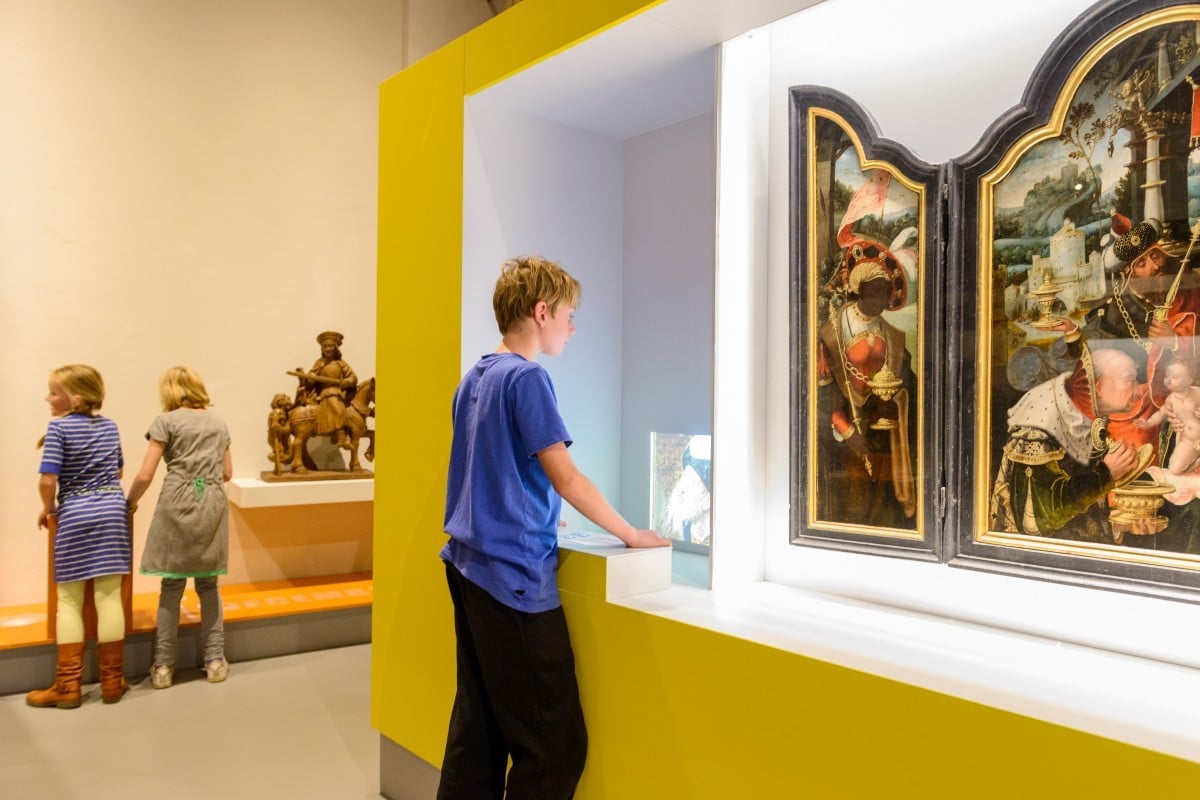
It is indicative of the resilience and inventiveness of the small organization that the museum reinvented itself in a different, more modest way. Architect Cees Dam was hired to draw up renovation plans, and he provided the building with a sleek modernist conservatory. It functions as a transparent break between the herb garden and the interior, where Dam modernized part of the old building. The combination of old and new also became a dominant feature of the exhibition displays. And to propagate the transformation to the outside world, the organization was renamed Museum Krona, after the Swedish word for crown that refers to the headdress of the Bridgettine Sisters. It consists of three white bands that intersect on five red dots symbolizing the wounds of Christ.
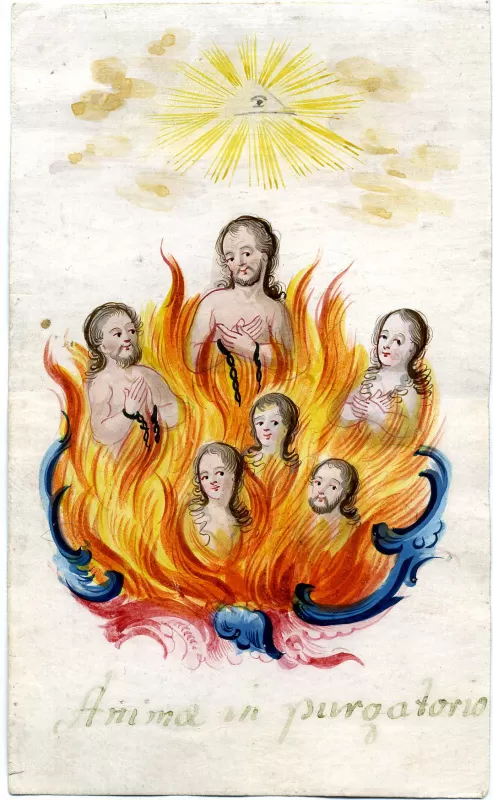
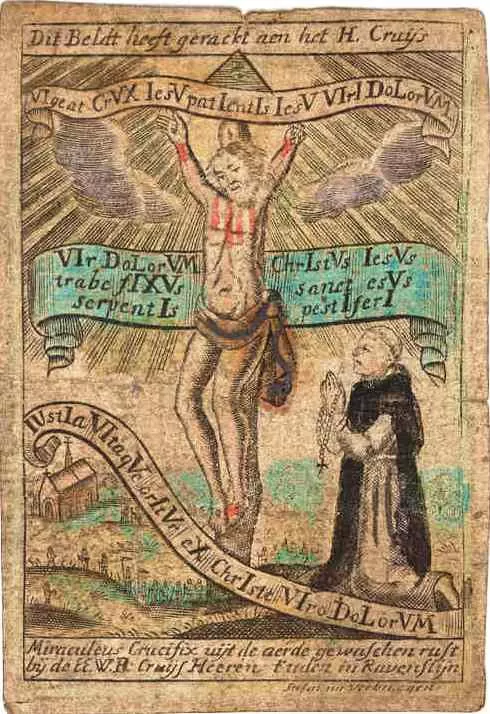
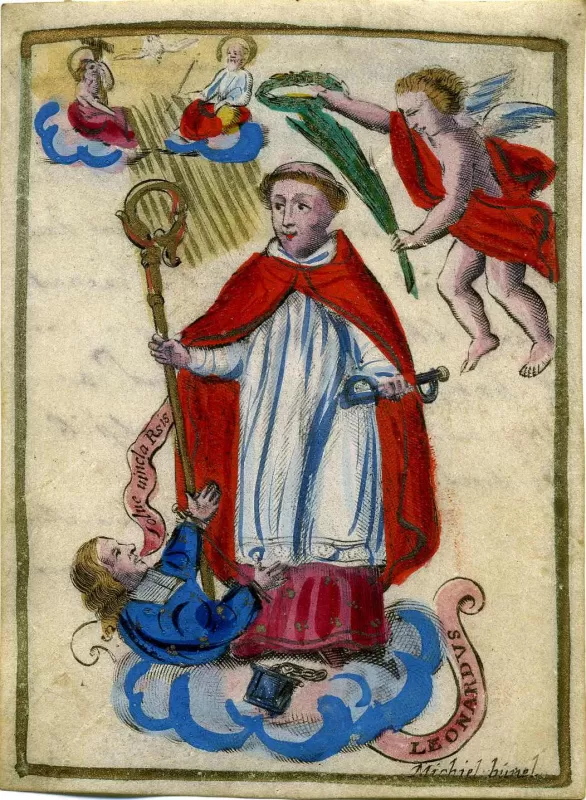
© Museum Krona
Through the bright entrance with café and cash register, you immediately walk into the exhibition space, which has a full-width line of sight due to Dam’s interventions and feels much more expansive than the number of square meters suggests. The permanent collection can be seen in the particularly attractive part of the old monastery cells, with its chequered tiles on the floor and high ceilings. It contains beautiful monstrances, an early copy of a Hieronymus Bosch painting and a crucifix from 1470 with a Christ with an exceptionally serene look in his eyes. But there is also a huge photographic five-part series by Rauf Mamedov, on which five actors with Down syndrome depict the Last Supper. Because of their masterful variation in facial and body expression, you don’t realize that they play double roles, and not even that Judas and Jesus are played by the same actor.
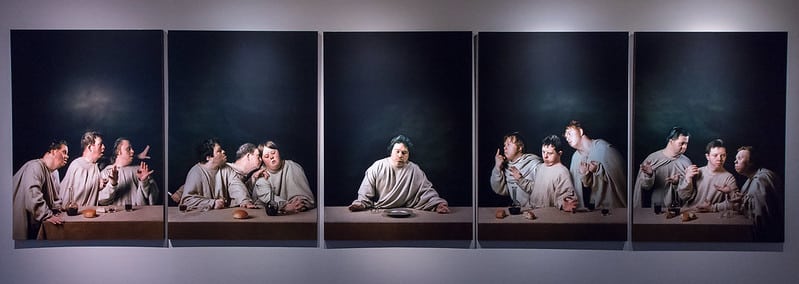 'Last Supper' by Raouf Mamedov
'Last Supper' by Raouf Mamedov© Museum Krona
The scriptorium deserves a separate mention as part of the permanent setup. In a cupboard that lines an entire wall from which you can open drawers with flashing lights, a wealth of antique manuscripts is displayed, from 15th-century prayer books to papal letters. The densely written pages and illuminations, often with generous gold leaf, are top-notch.
Most of the building is used for temporary exhibitions, three a year, one of which is lavishly displayed. At the moment it is In het licht (Into the Light), which combines Matthijs Muller’s golden mattress of trauma blankets, a cosmic neon installation by Gabriel Lester and a meditative rainbow painting by Jan Andriessen with reliquaries, crosses and miniatures. Next autumn there will be an exhibition about visions with work by only female artists. This theme ties in with Saint Bridget, who was known as a conduit of divine messages.
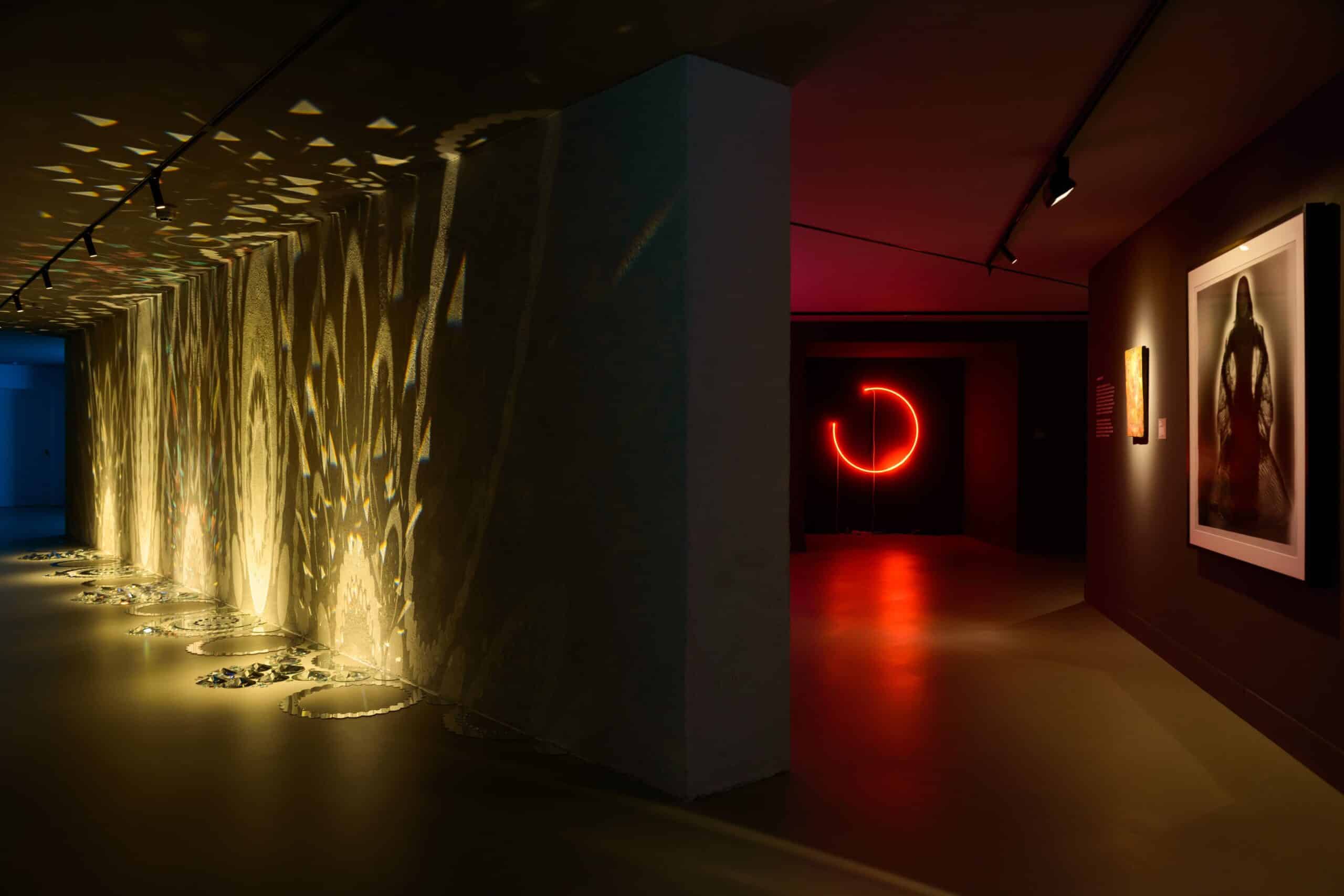 View of the exhibition 'Into the Light'
View of the exhibition 'Into the Light'© Museum Krona
The temporary exhibitions offer surprising perspectives and are internationally alluring, but because of the space they occupy, there is little room left to extensively show the museum’s own collection. This lack has been ingeniously remedied to some extent. In a small vestibule near the depot are windows with small dioramas. As soon as visitors walk in, the light switches on and a select number of pieces are highlighted. The windows also offer a view of the storage room behind where the shelves are full of chalices, silverware, and crucifixes.
Those who visit Museum Krona for the first time will be amazed by the unprecedented high quality of this museum, which is known to only a small audience. This undoubtedly has to do with the low museum density in the region, which means that it does not easily attract art lovers travelling through it and certainly few casual visitors. The organization now promotes itself as part of the Kloosterpad, a 330-kilometre-long hiking trail that leads in fifteen stages past fifty monasteries and abbeys in East Brabant. They certainly include some interesting places, but none that manage to link religious heritage, both historical and current to contemporary art like Museum Krona. If there were such a thing as a Michelin guide for museums, this place deserves the predicate ‘well worth the detour’.

